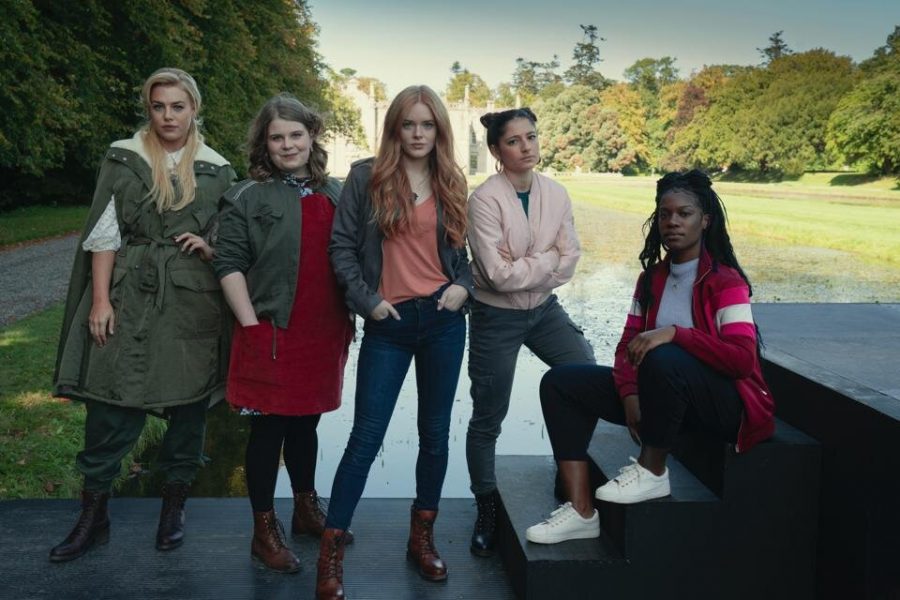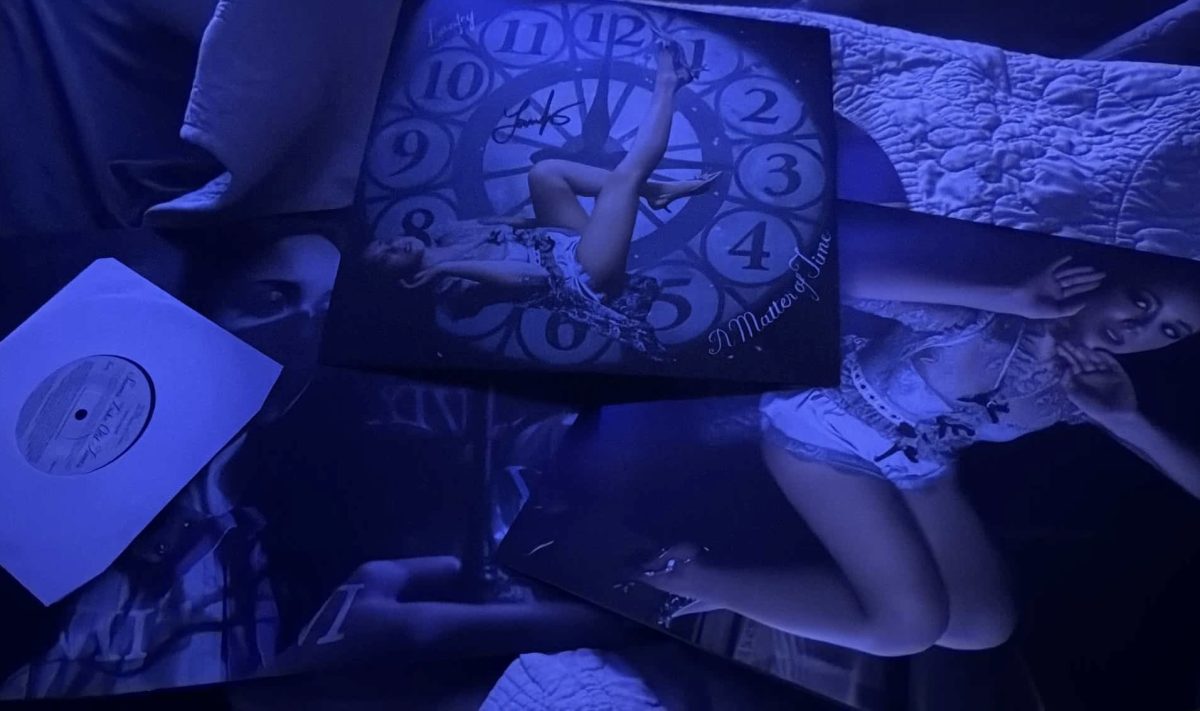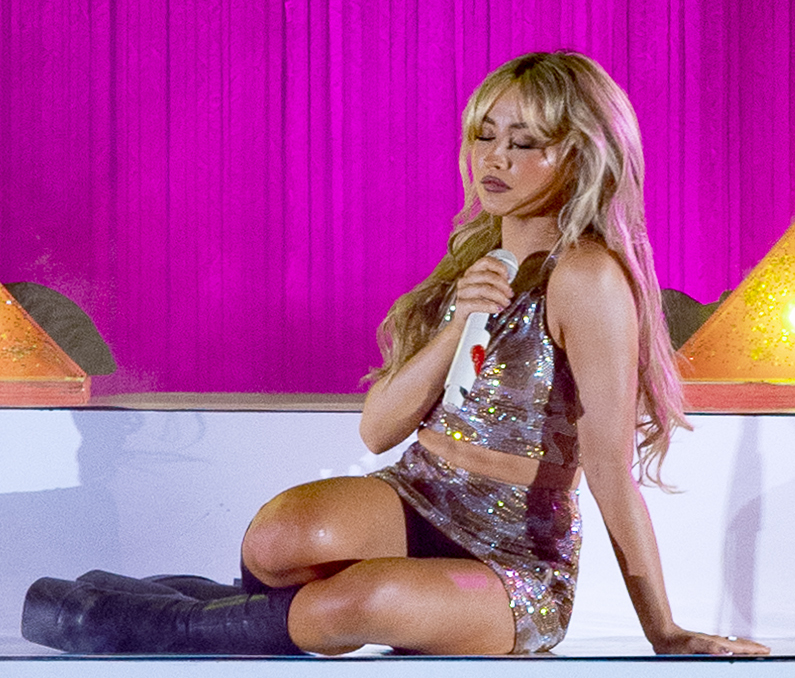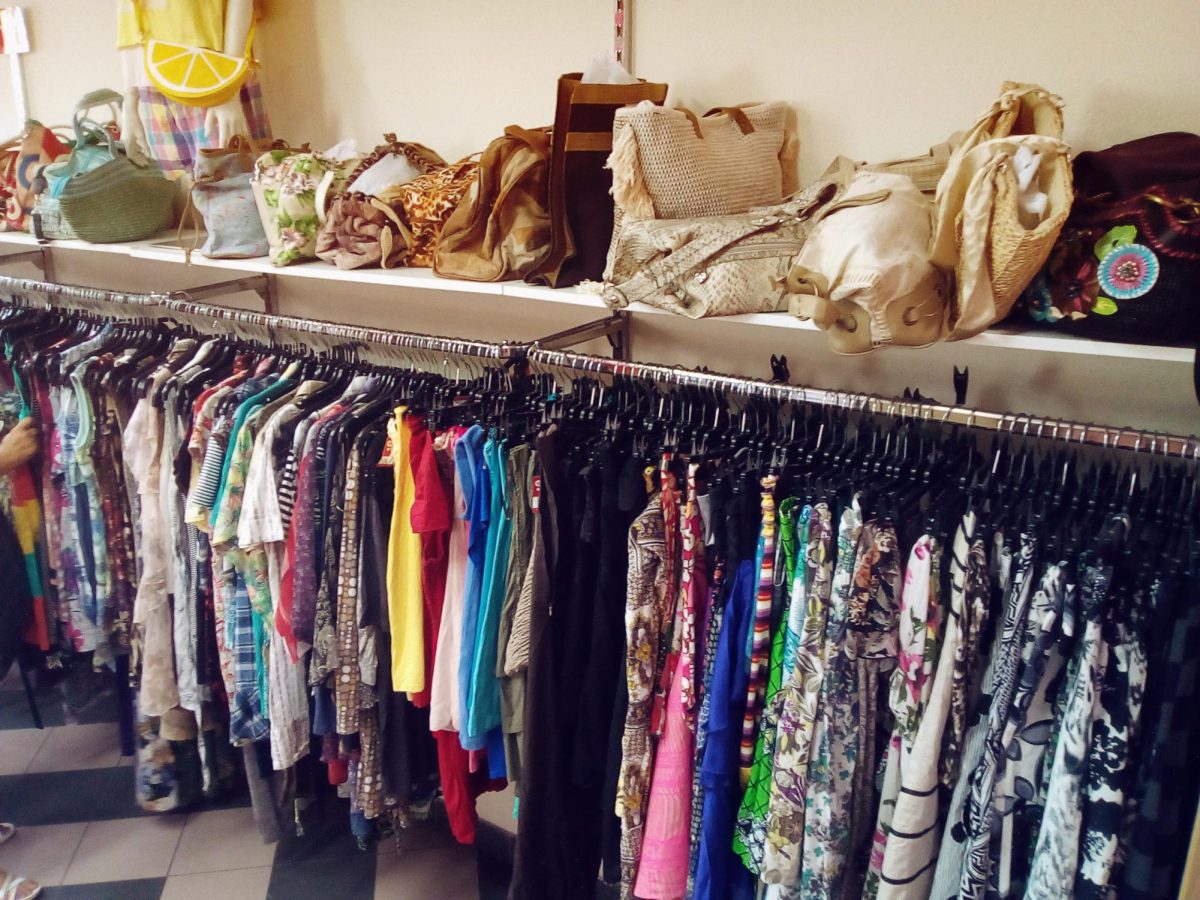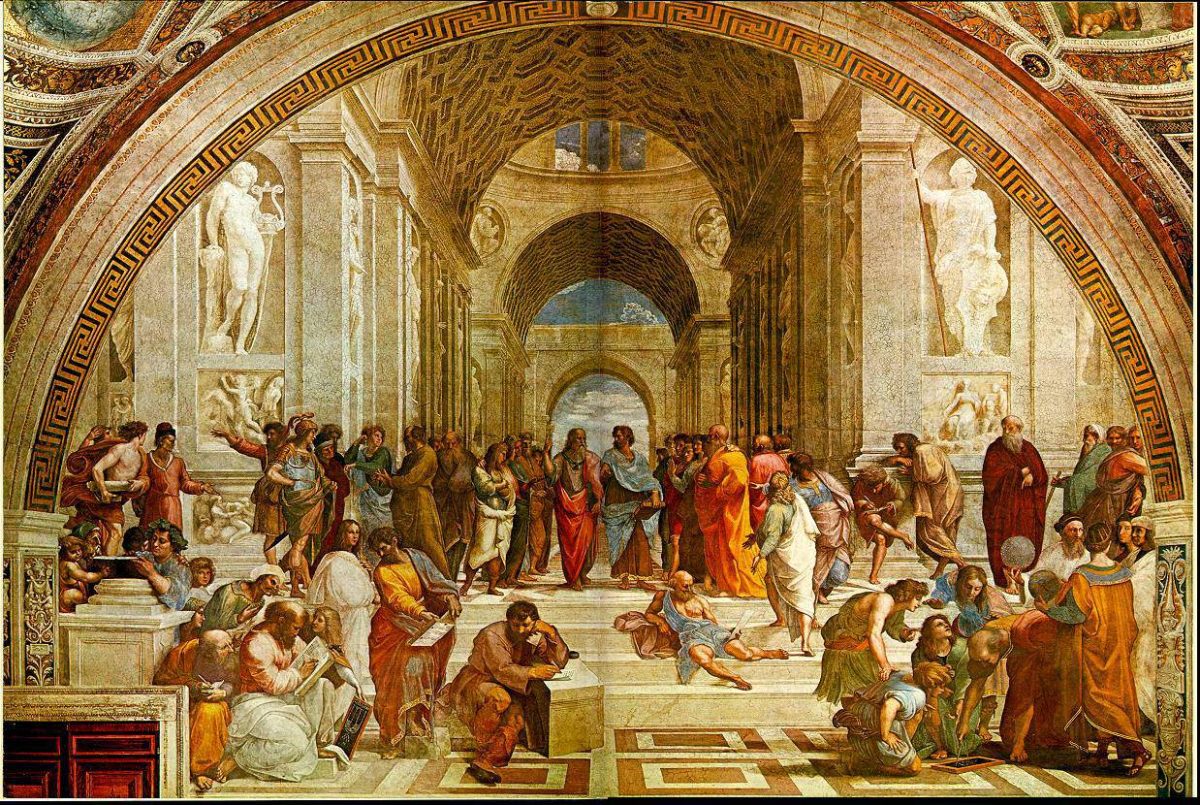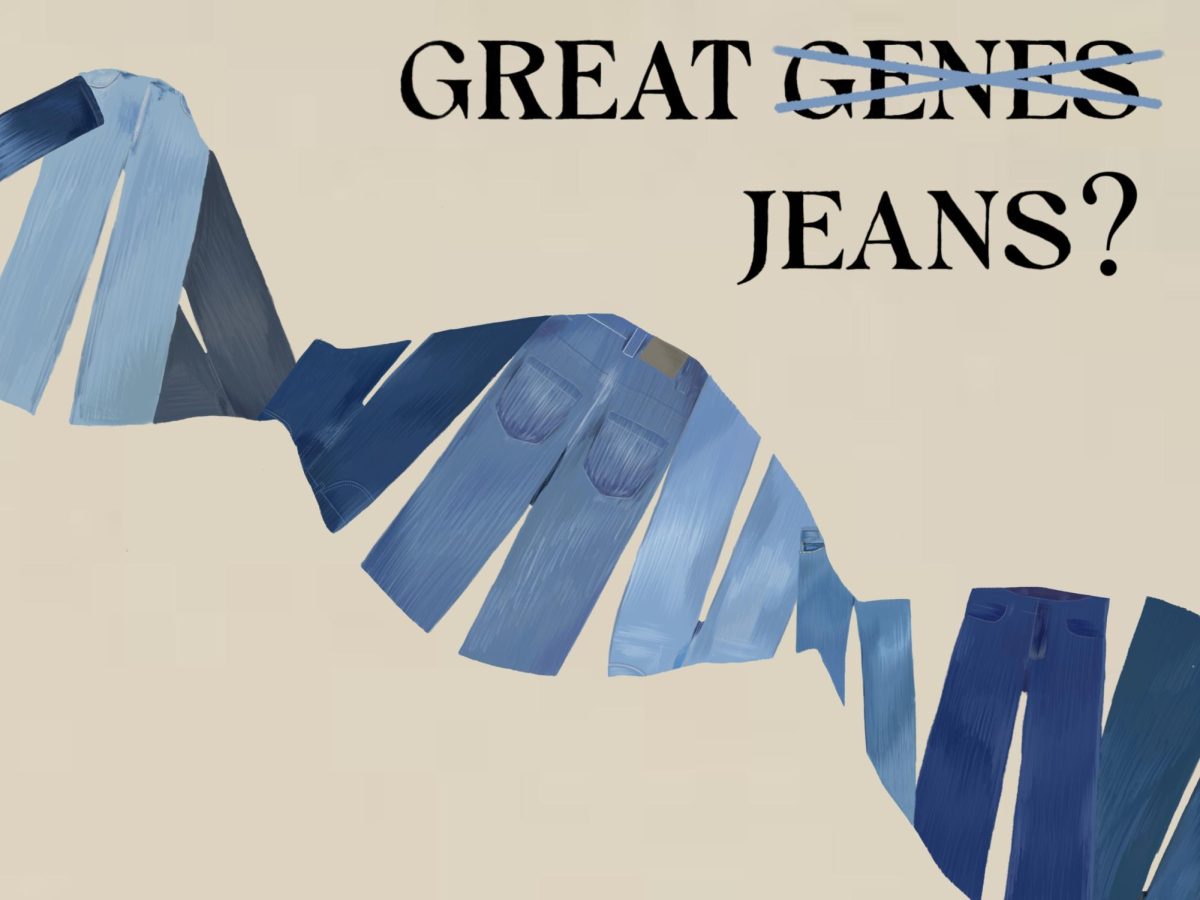When fans think of Winx Club, vibrant fashion, luscious wings, a diverse cast and the number of strong personalities found in a group of teenage fairy girls come to mind. There is so much love given to the 2004 animated show, so when the highly anticipated trailer for Netflix’s newest series Fate: The Winx Saga came out, it left fans of the original show confused, angry and dismayed.
Every aspect fans grew up loving went missing as their beloved childhood show was forcefully morphed into a dark and realistic live adaptation. A blaring issue with these live adaptations is disregarding the very material that made the shows loved by fans while trying to make the new shows engaging.
Aside from the style changes, fans also noticed a lack of diversity; quite the opposite was integral to the original show. Characters such as Flora and Musa, who fans of the original show applauded for Latina and Asian representation, were either written off or white-washed for no reason.
For many fans, seeing these characters break away from stereotypes and have their own personality was a huge driving force for their love for the show. Having Musa, an Asian character, exist without having to be bogged down by the Asian stereotypes of being shy or good at math was empowering for many young viewers. The live-action decided not to continue the franchise’s impact by white-washing Musa. Flora, on the other hand, was completely written off for a new white character named Terra.
The majority of the new show’s main characters are now white, with Aisha, played by Precious Mustapha, being the only person of color. While people have argued that the show has made other moves for better representation with Terra representing the plus-size community, there is a glaring issue when other marginalized communities are taken out of the picture. Terra also adds nothing relevant to the plot, making it that her only characteristic is that she is plus-sized. There are constant remarks about her appearance, and though that may be pivotal in her characterization, it should not be the only thing that she is known for.
This is not the first time fans of a classic franchise were upset by their live adaptation remakes. Fans of Archie Comics and Sabrina the Teenage Witch were worried that the very thing that made them fans of the original would be ruined by the revamping the classics.
A common problem with these live adaptations is that they are out of touch with reality in every sense. Riverdale has become a punching bag for the Internet for its poor writing and disengagement with its audience. The characters themselves were seemingly inspired by a collage of grungy dark aesthetics and left at that.
The teenage girls in the show are portrayed to care about only two things: faux-feminism and sex. There is no intricacy in their personality, leaving them to be used as a plot device of their romantic partner or spur statements saying “women are strong” at the most random scenes, making it lose all meaning. If the women on the show had better writing and character development, it could speak volumes instead.
Fate: The Winx Club is another example of how in recent years, the only source of entertainment for young women are mediocre shows that are sexual and emulate a “darker and more realistic” side. These shows only further drive home the point that many modern writers and production companies fail to recognize their audience.This is shown in the poor and cliché writing, representation and plot of the women in television.


